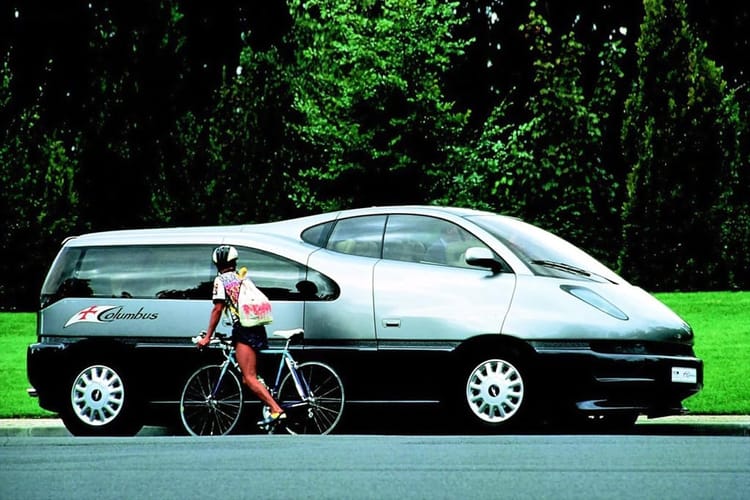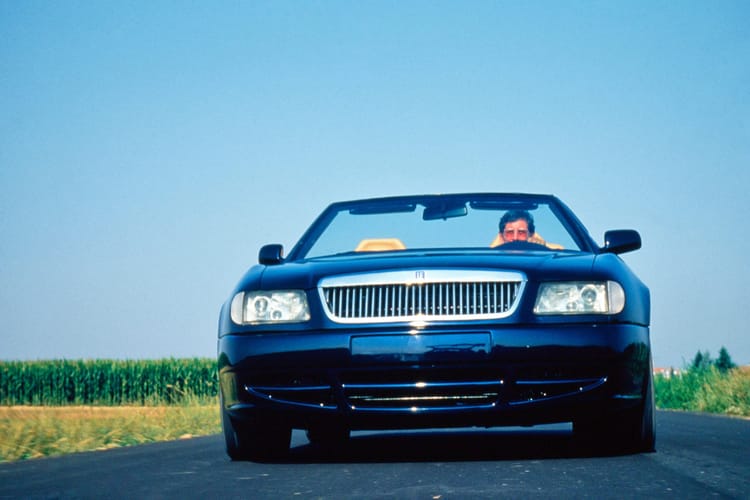Honda Unibox and Kanojo no Carrera
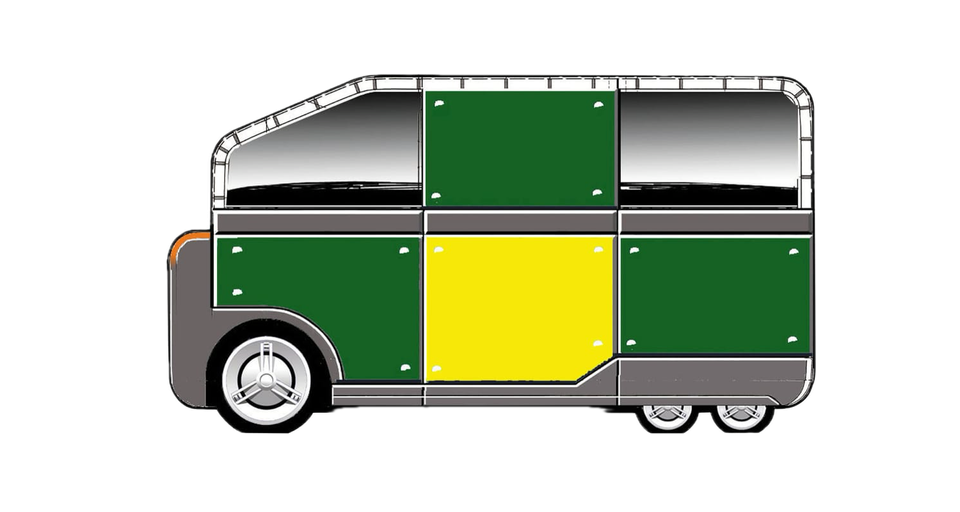
When the Honda Unibox showed up in 2001, I was already privileged enough to already have a translucent Sony Walkman, a translucent-backed Swatch wristwatch, and a checked Ghostbusters wallet with a clear-faded-to-translucent window for my recently-minted driver’s license.
I even had clear controllers for my Nintendo SNES and 64. A translucent GameBoy Color? Still on my Sears Wishlist.
Through college, my desktop monitor was 48 lbs of 17" Apple Studio (CRT) Display in translucent blueberry that I was able to purchase used for a steal.
All I needed was the translucent car.
I’m saying this for one reason: in my opinion — as far as looks are concerned — clear is king.
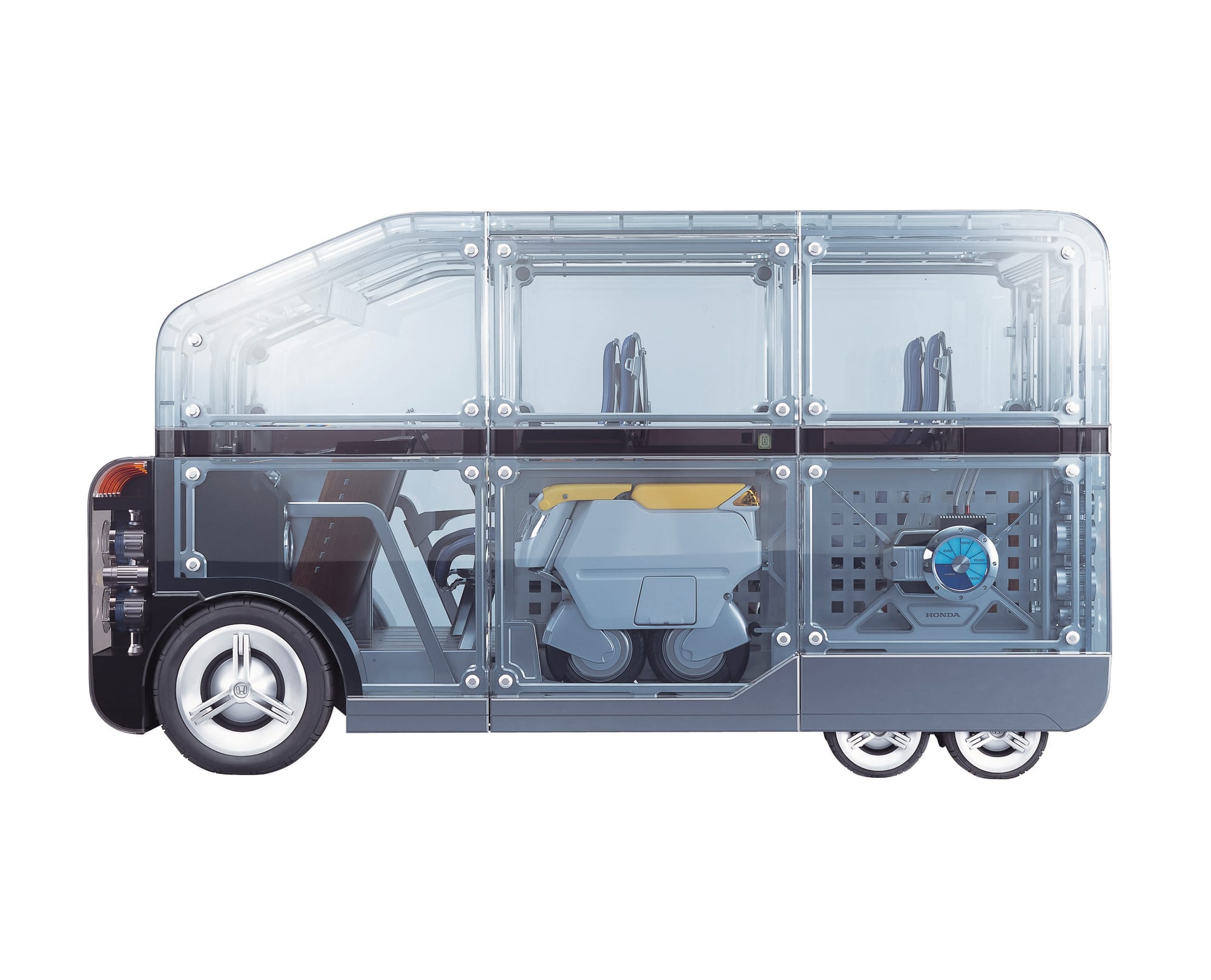
I’m not alone in this, and it’s not a trend about to end anytime soon. It’s at this point I must ask any 2024 products that are translucent only because they can be moulded in clear plastic to get off the trolley. Posers.
We’re left with mobile phone and accessories maker Nothing, known for adding functionality like customizable notification lights to otherwise unused space. Kano, an electronics maker focused on DIY and education through a line of buildable transparent computers with accessories to match. The Swedish company called Transparent makes a Small Transparent Speaker with a sound profile listeners describe as clear.
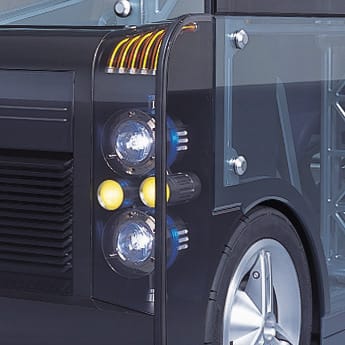
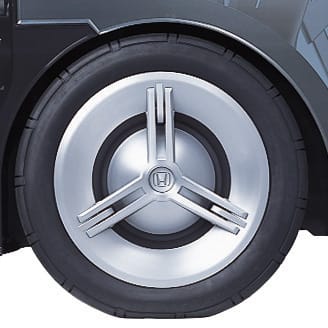
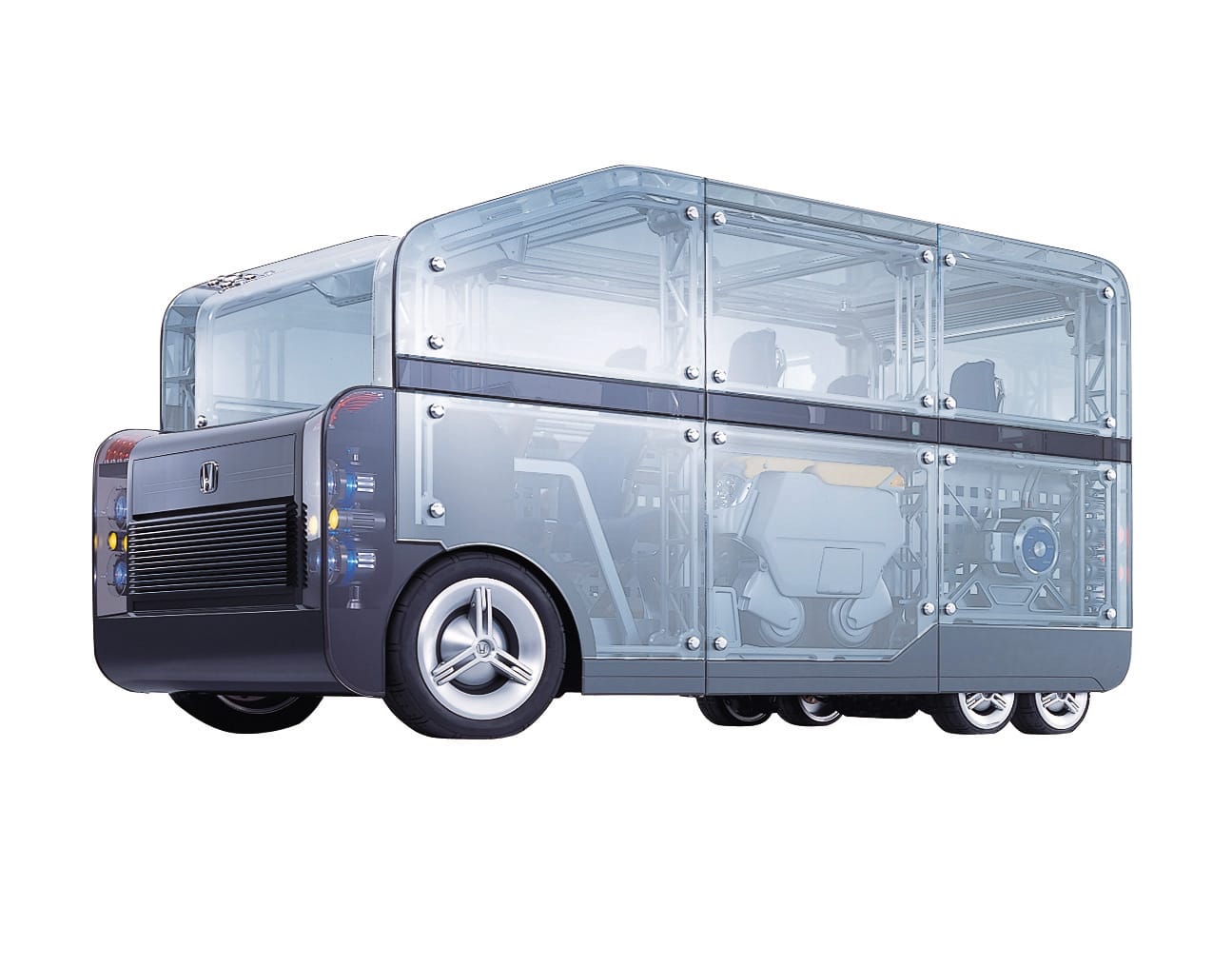
• via Honda
It’s not as common as you’d think to see products that build transparency in as a useful feature, even if unintentionally so.
Gadget aficionados may know of a legendary portable radio, the Sony SRF-39FP, which was manufactured in a clear version for the purpose of dissuading U.S. prisoners from smuggling contraband in their electronics. FP = Federal Prison.
Yesterday, in the member’s portion of the story, I wrote about Honda’s 2017 concept, Ie-Mobi, with translucent body panels and a transparent rollback rear door — like vintage doublewide trailer windows on steroids. I bit my tongue when noting it, too, has six wheels — because I wanted space to write about the magnificent 2001 Unibox.
Best described as a transparent box with six wheels, the Unibox is thematically related to the four-wheeled, BMC Mini-based 1967 Quasar Unipower, which was a limited production transparent box with clear inflatable seats, sliding glass doors, and four wheels.
I mention the Unipower as an example of products that are clear just because; its transparent body panels were terrific for visibility but offered few other benefits.
Unibox used transparent, translucent, and opaque materials for a purpose.
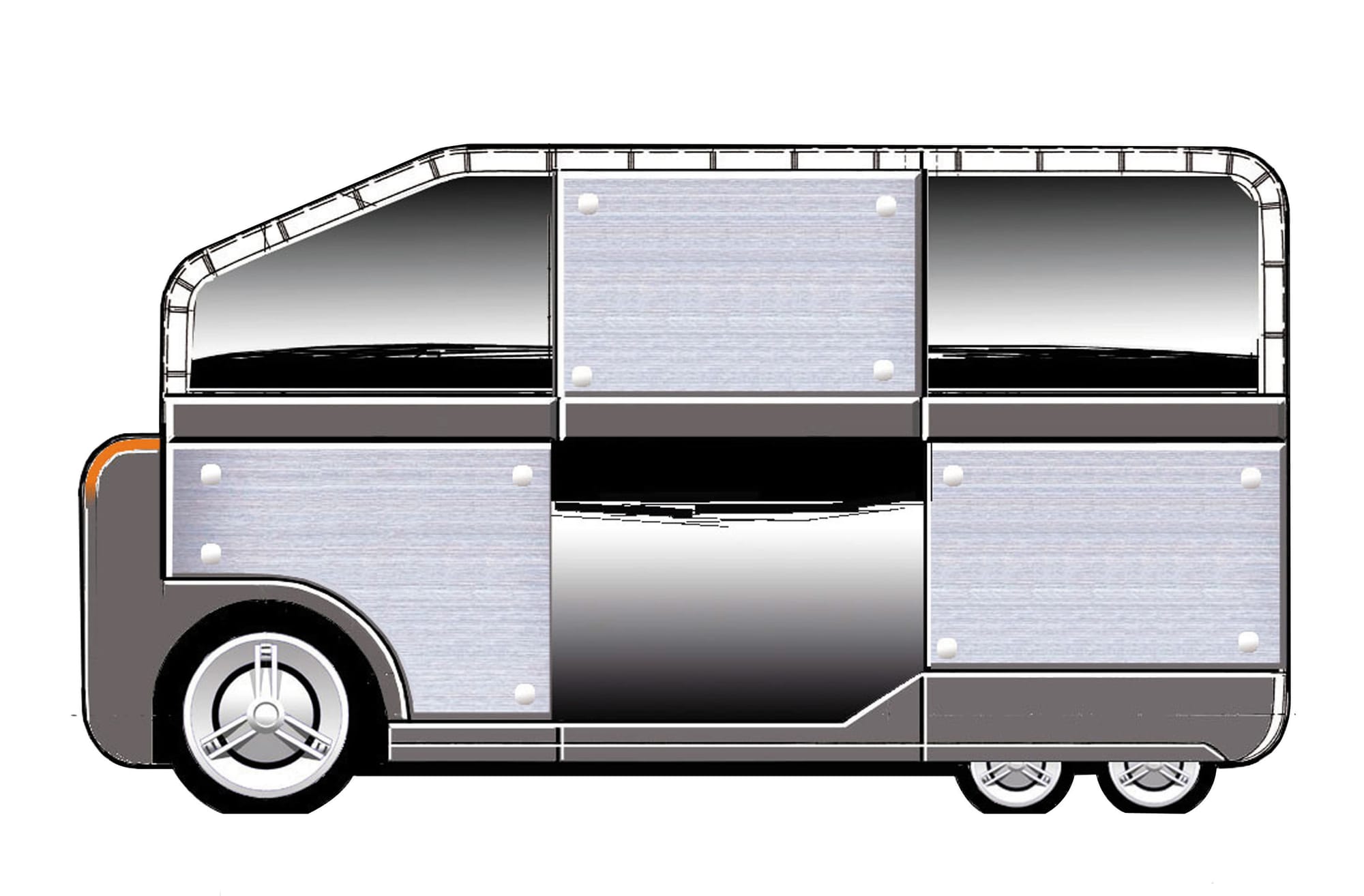
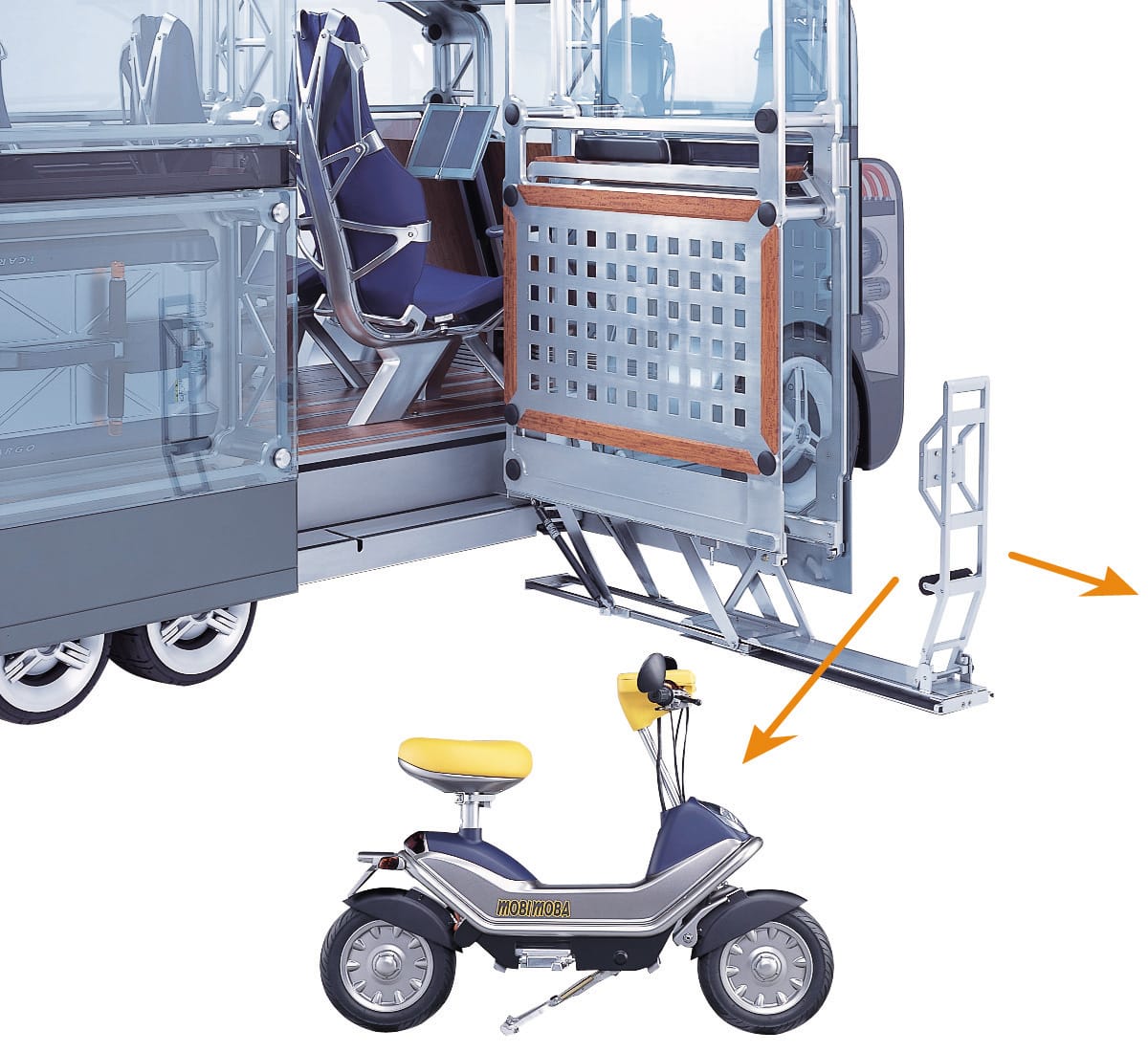
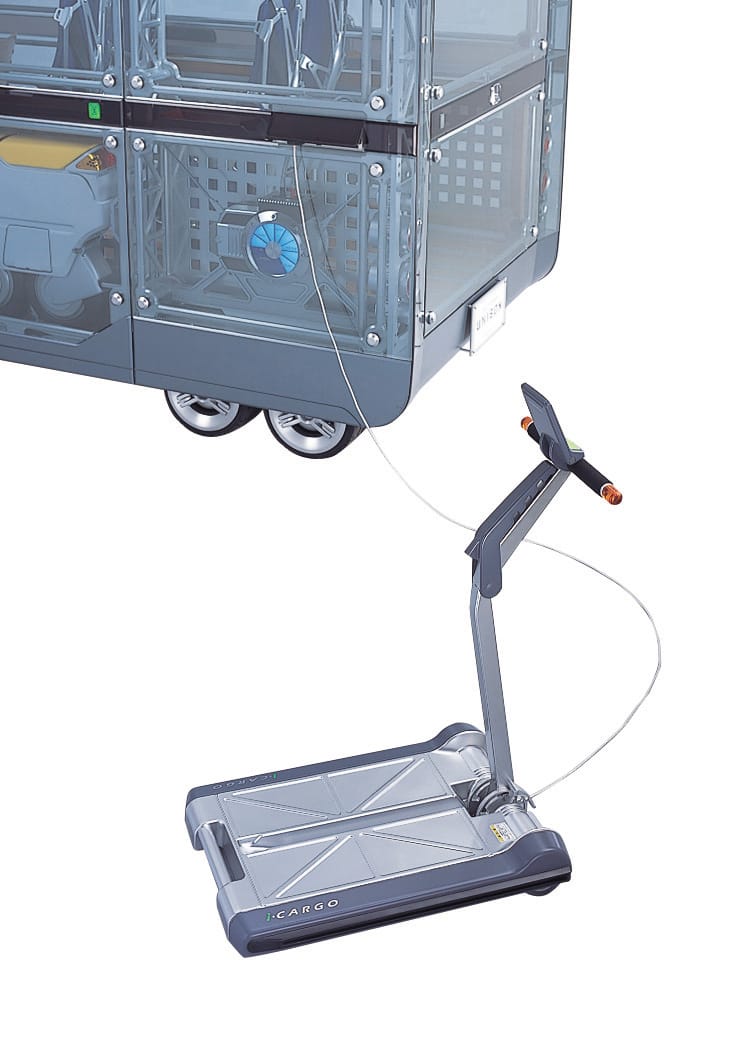
• via Honda
Chief among them: its exterior doesn’t need to be transparent at all. Using a mounting system not dissimilar to what’s holding windows up on that shiny office building downtown, Honda designers envisioned removable body panels right from the start.
On the concept, these were clear, but Steve Laser, who was at the 2001 Tokyo Auto Show, wrote:
“The concept was built on a truss-style frame and dressed with polycarbonate panels fastened with screws for easy removal. Aluminum alloy or multi-hued plastic panels could be interchanged to create a different look.”
To allow for this, the Unibox structure had to be built differently: check out the photos below of the beautifully-constructed metal truss-like roll cage. (If you read this story at my website, most photos can be enlarged to fullscreen.)
Whoever did the exquisite machining for this concept should know that my admiration for their abilities is 23 years late.
Next, I adore concept car gimmicks, so how about a folding electric pallet jack for moving heavy items into and around the Unibox?
Once work is finished, Unibox had space for two folding electric minibikes (Caixa and Mobimoba) in its doors to zip its occupants away for some R&R. When batteries run dry, an onboard generator built into the Unibox was ready to supply power.
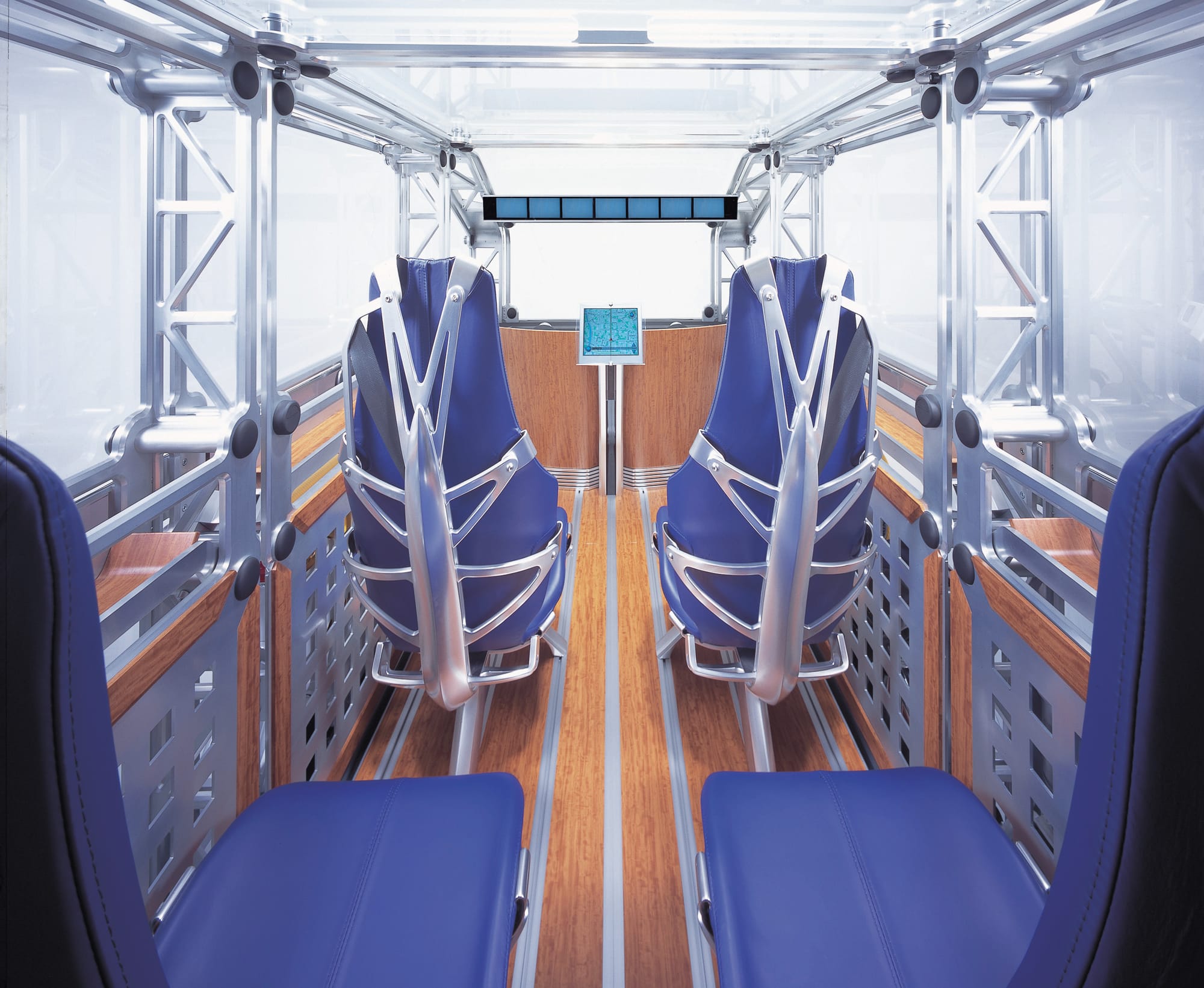
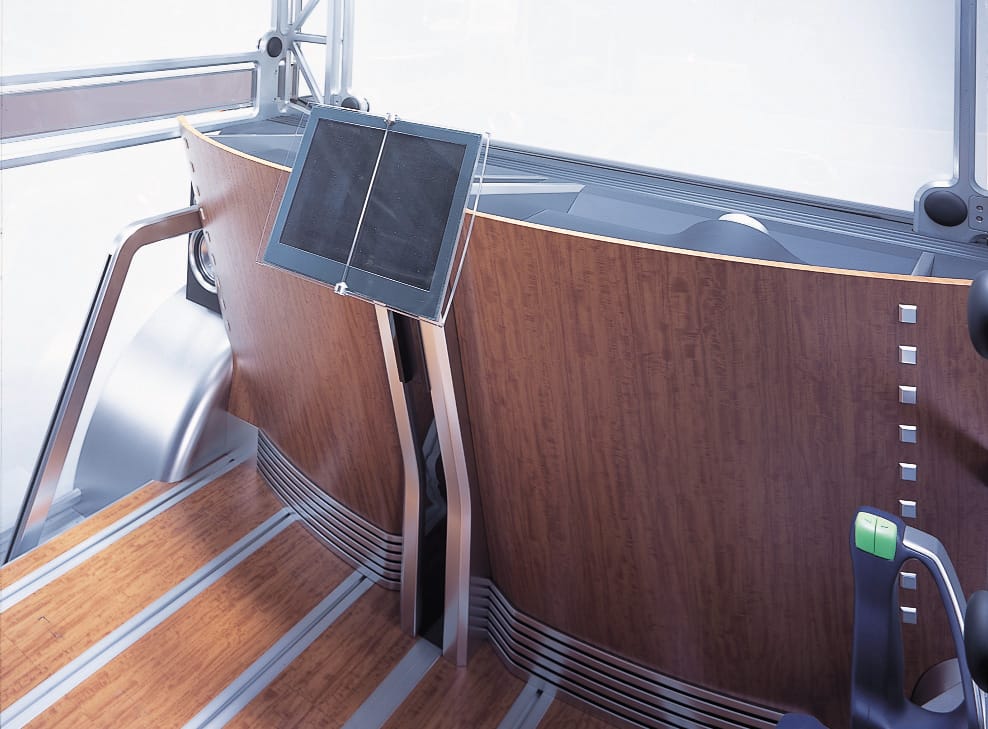
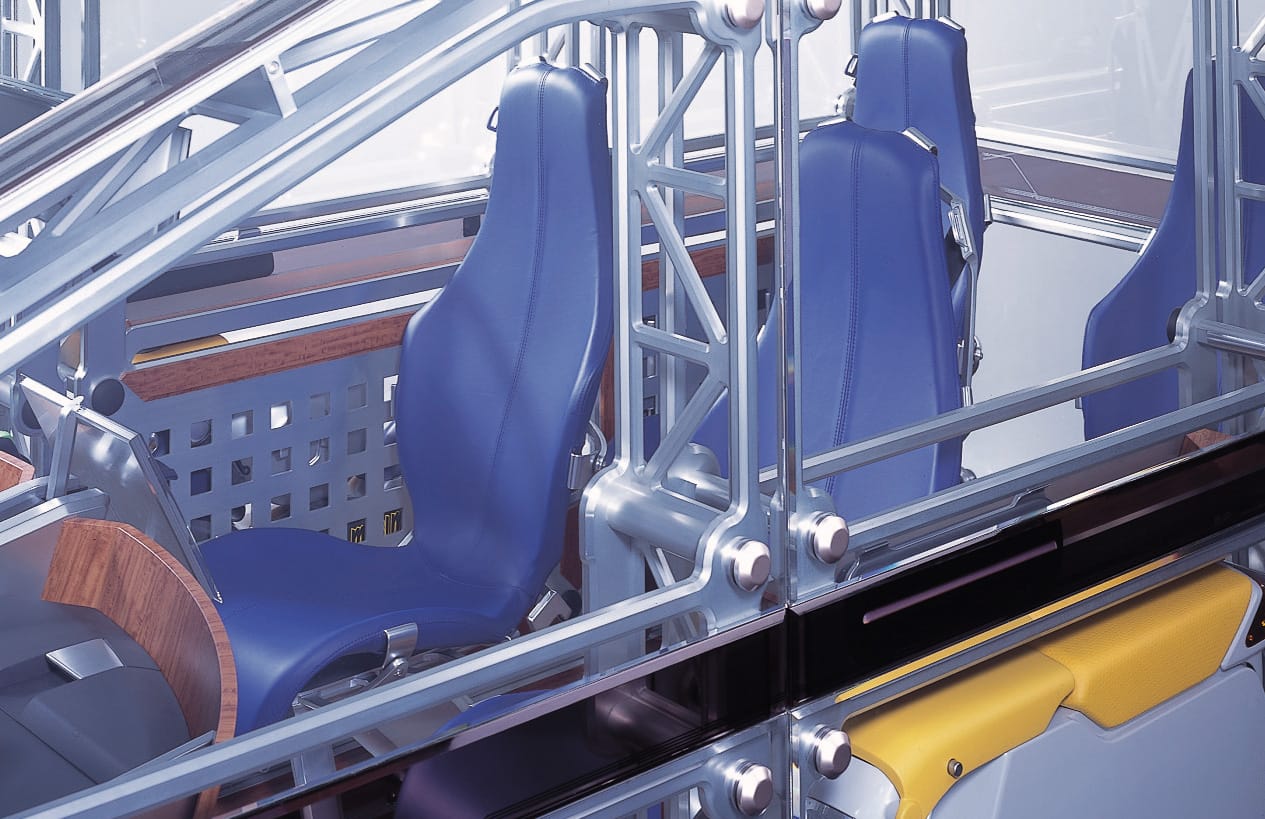
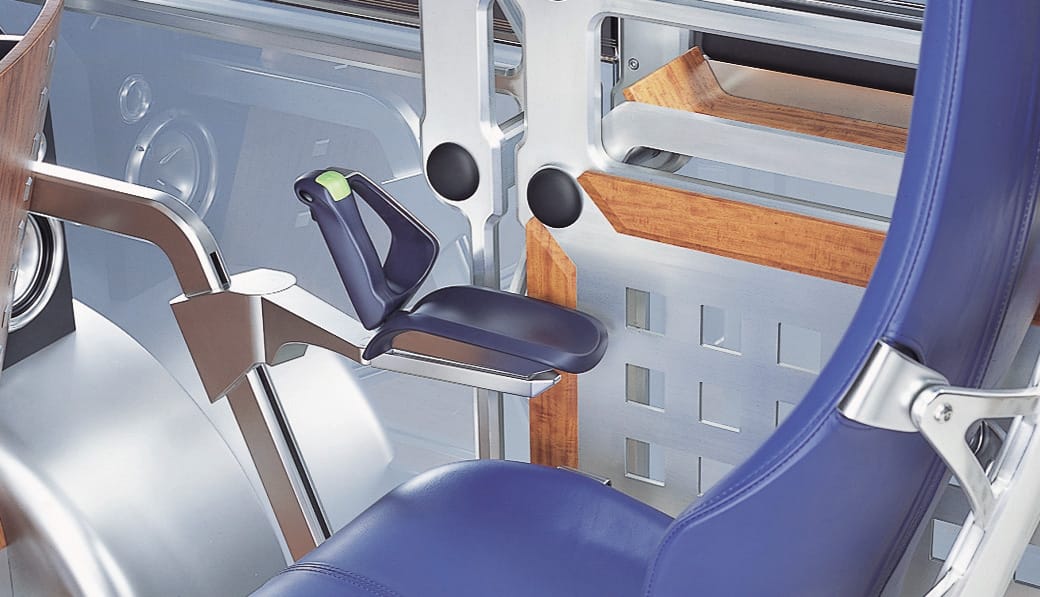
• via Honda
I grew up reading Dennis Simanaitis, former Engineering Editor at Road & Track magazine, and he’s another fan of the Unibox, writing at his website:
“JUST AS architects sometimes design cars, automotive designers have been known to think architecturally. The Honda Unibox, exhibited at the 2001 Tokyo Motor Show, sets a record in this regard. Bizarre? Yes. Impractical? Agreed. But great fun—and thoughtful in its details.”
Speaking of Unibox details, half of them could be from the spec sheet of your average 2024 people-mover:
- 4-cylinder Hybrid powertrain
- Modular seating
- Folding, movable central (possibly a touchscreen) display
- Widescreen LCD rearview mirror
- Drive-by-wire (via joystick)
- Active headlights
- Flat interior floor
- Heads-up display
- Radar & exterior cameras for crash avoidance systems
Other aspects, however, still haven’t made it into production:
- Shock absorbers built into the wheels
- Swappable body panels
- Joystick steering / throttle / brakes
- External airbags for pedestrian collisions
Where do you stand on the Unibox? Confidently, without reservations — or wary of unwanted glances and thrown rocks?


